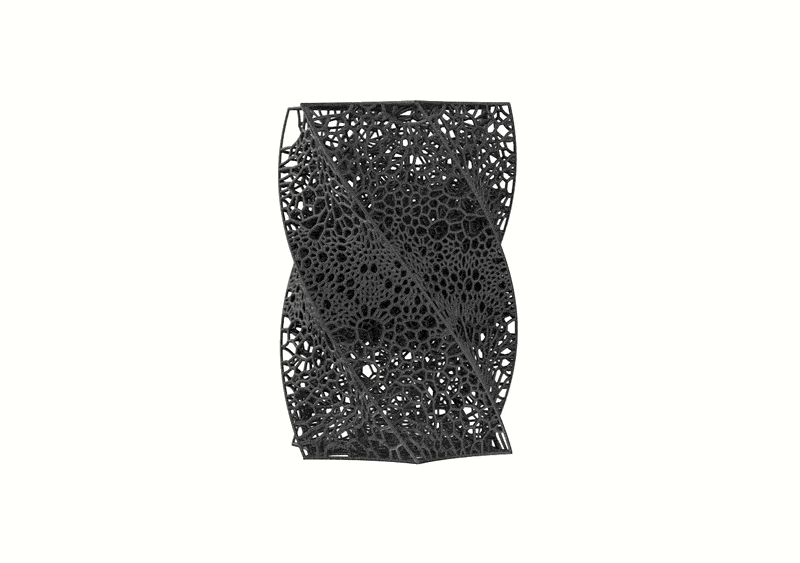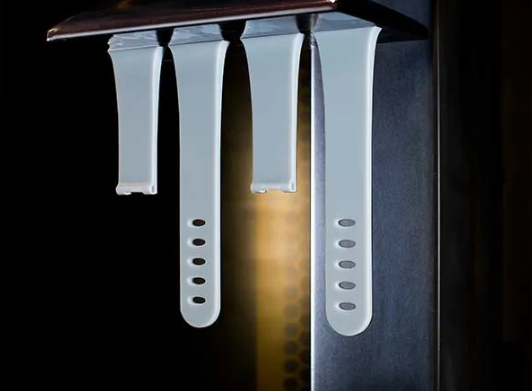Uncovering the Business Value to Carbon DLS Additive Manufacturing
Additive manufacturing, especially through advanced methods like Carbon DLS, often comes with a higher price tag than more common 3D printing methods...
2 min read
Nick Erickson : Sep 25, 2024 11:13:30 AM

If you've ever dabbled in 3D printing or looked into it for your business, you might have noticed that additive manufacturing, particularly through advanced methods like Carbon DLS (Digital Light Synthesis), can come with a pretty hefty price tag compared to FDM (Fused Deposition Modeling). But why is that the case? Let’s break it down in a way that makes sense—and highlight what you're actually paying for.
One of the big reasons additive manufacturing technologies, such as Carbon DLS, seem more expensive is the materials they use. FDM printing often relies on common thermoplastics like PLA or ABS, which are great for basic projects but have their limitations when it comes to durability or heat resistance. Carbon DLS and similar technologies use more advanced materials, which are specifically designed for industrial applications. Think about high-strength resins, flexible elastomers, or biocompatible materials for medical devices.
These materials are engineered to perform in demanding environments—whether that’s on a production line or inside the human body. Naturally, with better quality comes a higher cost.
Carbon DLS and other additive manufacturing methods are built for precision. They can handle tighter tolerances, more intricate details, and complex geometries that are simply out of reach for FDM. If you're working in industries like medical devices, aerospace, or even high-end consumer goods, this level of precision is critical. And it’s not just about the machines being more precise—they also require more sophisticated post-processing (like polishing, cleaning, or curing) to meet strict quality standards.
The ability to create these highly detailed parts makes additive manufacturing a go-to for complex designs. But, as you might have guessed, that sophistication doesn’t come cheap.
Let’s talk machinery. The machines used in Carbon DLS, SLS (Selective Laser Sintering), or SLA (Stereolithography) are far more advanced than your typical desktop FDM printer. These industrial machines need more energy, more frequent maintenance, and skilled operators to run them. They're designed for high-quality production, not just hobbyist projects.
On top of that, running these machines involves a lot of backend work—monitoring, adjustments, troubleshooting, and regular maintenance. All of this adds up in terms of operational costs, which is reflected in the price.
While FDM is great for prototyping, additive manufacturing processes like Carbon DLS are often designed to produce both prototypes and end-use parts. This means they’re built for speed, reliability, and scalability—whether you need one part or hundreds. The ability to quickly scale up production without sacrificing quality is a huge benefit for industries looking to shorten lead times.
That said, the machinery and technology needed to maintain this speed and consistency is more expensive, which ultimately impacts the cost compared to simpler FDM setups.
One key difference between FDM and advanced additive manufacturing is post-processing. When you print something with FDM, there’s usually not a ton of extra work that needs to be done—maybe a little trimming or sanding, but it’s generally ready to go. In contrast, Carbon DLS parts often require more detailed post-processing. This can involve everything from cleaning off excess material to curing parts under UV light or applying heat treatments for added durability.
All of this post-processing work takes time, equipment, and labor—adding to both the production time and overall cost.
In short, the higher cost of Carbon DLS and other additive manufacturing technologies boils down to the materials, precision, machine costs, and post-processing involved. But the key takeaway here is that while it may be more expensive upfront, you're investing in a process that offers superior quality, durability, and versatility. This is especially important if you’re looking to create parts for industries like medical devices, aerospace, or automotive, where precision and performance are non-negotiable.
In the end, you’re not just paying for a part—you’re paying for a part that’s built to perform under tough conditions, last longer, and meet the stringent requirements of industrial applications. And when quality matters, that extra cost can be well worth it.

Additive manufacturing, especially through advanced methods like Carbon DLS, often comes with a higher price tag than more common 3D printing methods...

Minimized Downtime in Operations: Keeping Medical Manufacturing on Track with Additive Manufacturing Introduction

At Aprios, we’re always working to make your journey from prototype to production as efficient and transparent as possible. That’s why we’re excited...